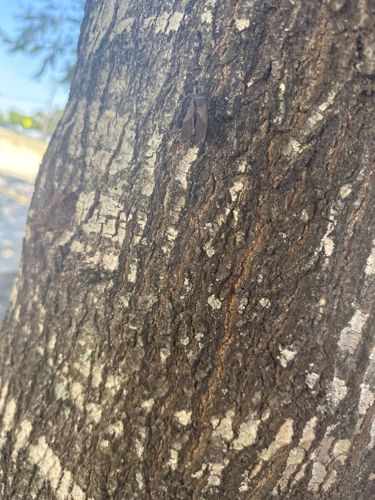Planthopper
Scientific Name: Fulgoroidea (superfamily)
Order & Family: Hemiptera, various families within Fulgoroidea (e.g., Flatidae, Cixiidae)
Size: Typically range from 2 mm to 15 mm in length, depending on the species.

Natural Habitat
Found on various plants, trees, and shrubs, often in gardens, forests, and agricultural areas. They are highly dependent on their host plants.
Diet & Feeding
Planthoppers are herbivores, feeding on plant sap by piercing the plant tissue with their stylets and sucking out the fluids from the phloem.
Behavior Patterns
Many planthopper species are well-camouflaged, often resembling thorns, bark, or leaves to avoid predators. Nymphs of some species produce waxy filaments for protection. Adults are generally good jumpers and some can fly. They are often found on the underside of leaves or on stems.
Risks & Benefits
Risks include potential agricultural pests, as some species transmit plant diseases (e.g., viruses, phytoplasmas) and can cause damage to crops through their feeding. Benefits include serving as a food source for other insects and birds, and some species are important components of food webs in their ecosystems.
Identified on: 9/4/2025